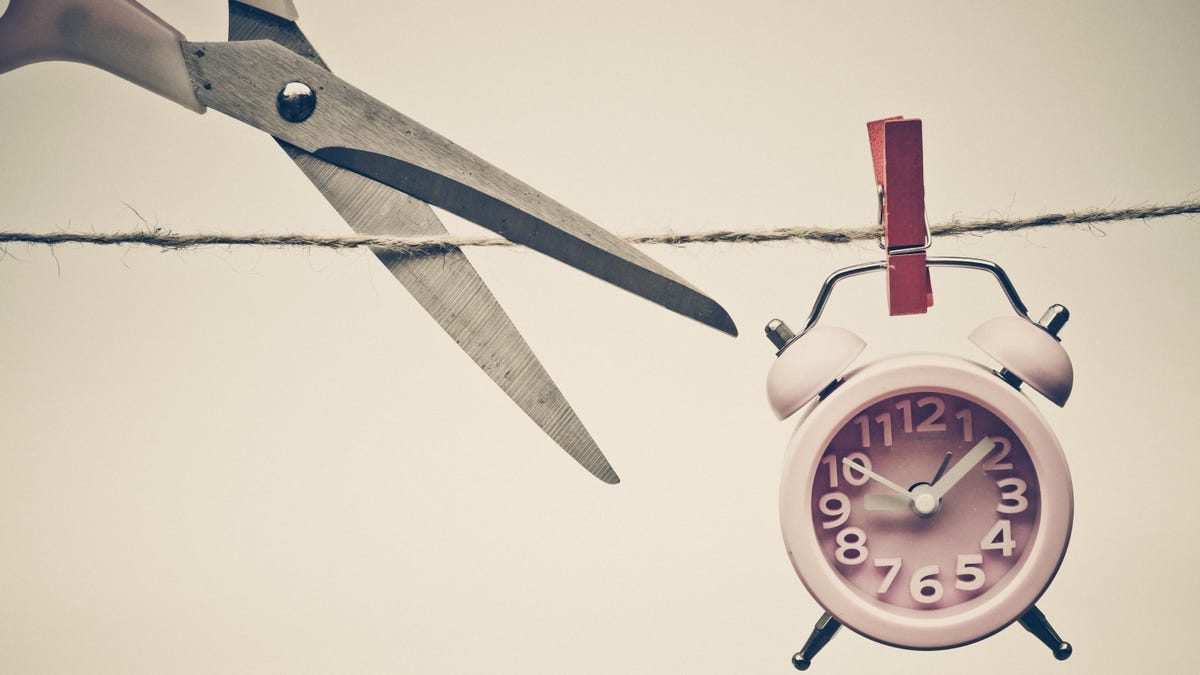Use Productive Procrastination to Get Started on a Difficult Task.

We all have certain tasks that we dread more than others, but ultimately need to be completed. It may be something from our personal or professional life, but in most cases it cannot be transferred to others. The longer we put it off, the worse we feel and the more difficult the task seems.
In situations like these, structured procrastination may be just what you need to get your work done. Here’s what you need to know.
What is structured procrastination?
Structured procrastination is “the art of making that bad trait work for you,” according to John Perry, Ph.D. , professor emeritus of philosophy at Stanford University, who coined the term.
Here’s how he explains the concept:
Structured procrastination means structuring the tasks to be completed in a way that takes advantage of this fact. The list of tasks you have in mind will be ordered by importance. The tasks that seem most urgent and important are at the top. But there are also worthwhile tasks to complete further down the list. Doing these tasks becomes a way to avoid doing the things higher on the list. With this appropriate task structure, the procrastinator becomes a useful citizen.
How to Use Structured Procrastination to Tackle Difficult Tasks
When we decide to delay starting an important and perhaps timely task, we have to make a decision about what to do next. This is where it gets tricky.
One option is to simply do something we really enjoy that doesn’t impact our to-do list—like scrolling through social media, watching an episode of a TV show, or browsing Zillow listings in places you’ll never live. .
The second option is to do something that you don’t really enjoy or that you technically need to do, like cleaning out your cutlery drawer, alphabetizing your books, or reorganizing your closet.
The third option is structured procrastination. Take out your to-do list (or make one) and choose another task you need to start, but keep putting it off. The key is to find something you’re less afraid of than your main project – so much so that you’d be willing to do it if it meant delaying your main task.
For example, if you’re a tax evader, you might spend some time sending out important emails but never get around to sending them.
Okay, back to your original difficult task. Start by taking Instagram founder Kevin Systrom’s approach: “If you don’t want to do something,” Systrom told Axios , “make a deal with yourself and do it for at least five minutes. In five minutes you will have done it all.
But what if we can’t stand it for more than five minutes? This is where structured procrastination comes to the rescue. Instead of staring at the computer screen or the forms we need to fill out and beating ourselves up over our perceived failure to complete a task, it is much more productive to shift our attention to another part of our task. -make a list.
“You’ll likely feel relieved and therefore more enthusiastic about whatever you choose to do,” Inc.’s editor wrote in a recent article. Jeff Hayden. “You may not get the big thing done, but you will get a lot of other things done. And keep moving forward.”